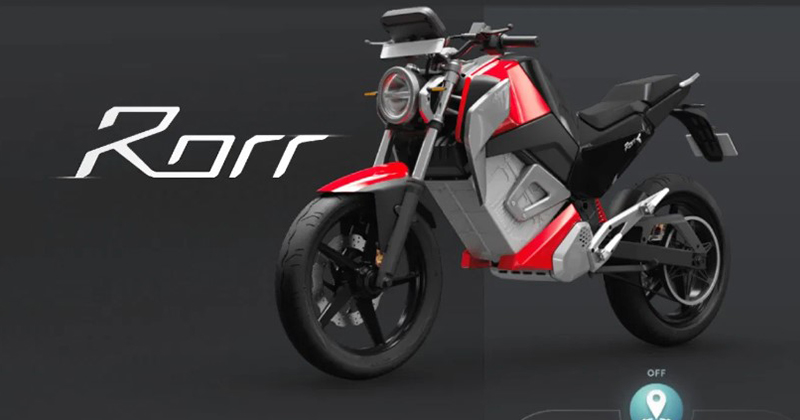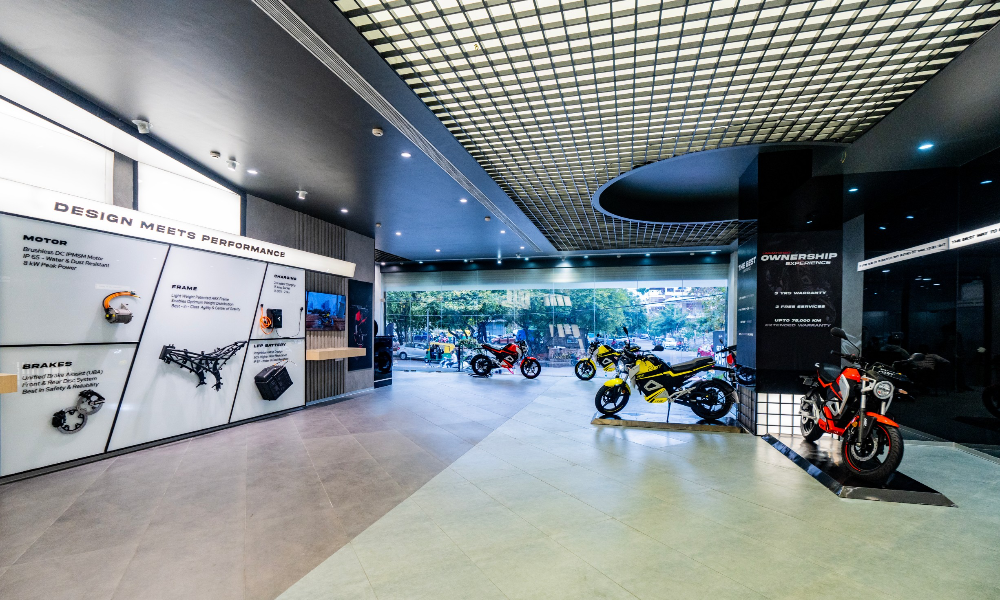- ALL
- TRENDING
- PERFORMANCE
- CHARGING
- BATTERY
- DESIGN
- TECH
- NEWS
Know Your Limits: Understanding E-Motorbike Classifications and Regulations in India

Table of Contents
- E-Motorbike Classifications in India
- E-Motorbike Regulations in Detail
- General vs. State-Specific Rules
Electric motorbikes are rapidly revolutionising Indian roads, offering a clean and convenient alternative to traditional petrol-driven two-wheelers. With zero emissions, cost-effectiveness, and exceptional performance, e-bikes present a compelling alternative to those looking to go green.
As more and more riders switch to these clean machines, there's a greater need to understand the different types of e-motorbikes and the regulations governing them. Despite surface-level similarities, not all e-motorbikes are the same. In this article, we untangle the web of e-motorbike classifications and regulations in India.
E-Motorbike Classifications in India
The transport regulations in India classify e-motorbikes into two categories - low-speed electric bikes and high-speed electric bikes.
1. Low-Speed Electric Bikes (LSEBs)
Low-Speed Electric Bikes, or LSEBs, are characterised by limited power and speed. These bikes have a power of less than 250 watts and a maximum speed of 25 km/h. By design, they are ideal for short-distance commutes, providing a simple, eco-friendly transportation option.
In India, LSEBs do not require registration with the Regional Transport Office (RTO), nor do they need a driver's licence or insurance. This makes them accessible to a broader audience, including teenagers and those without a driving licence.
However, it's always prudent to learn about specific e-bike rules by state to make sure you stay compliant.
2. High-Speed Electric Bikes (HSEBs)
High-Speed Electric Bikes, or HSEBs, are designed for more powerful performance than their low-speed counterparts. These bikes have a power output exceeding 250 watts and can reach speeds greater than 25 km/h. HSEBs are suitable for longer commutes and can handle more challenging terrains and poorer traffic conditions.
Given their higher performance capabilities, HSEBs are subject to stricter regulations. HSEBs must be registered with the state’s RTO, just like conventional petrol bikes. Additionally, riders above 18 must apply for a driver's licence and ensure their vehicle is covered by third-party insurance. However, teenagers between 16 and 18 years of age can get a licence for an HSEB with an engine capacity of 50cc after passing a specific test.
E-Motorbike Regulations in Detail
The Central Motor Vehicle Rules (CMVR) is the comprehensive legal framework governing all vehicles in India, including e-motorbikes. Established under the Motor Vehicles Act of 1988, the CMVR outlines the necessary standards and regulations to ensure the safety, efficiency, and environmental compliance of vehicles operating within the country.
Key electric bike rules covered under CMVR are as follows -
Registration of HSEBs at RTO
To legally operate a High-Speed Electric Bike, owners must register the vehicle at their local RTO. The registration process involves submitting the application form along with the necessary documentation. These documents include address and ID proof, proof of purchase, age proof, PAN card, and engine number print.
Once registered, the bike receives a registration number and certificate, which must be displayed prominently on the vehicle.
Driver's licence requirement
The minimum age to obtain a licence for an e-motorbike is generally 18 years. Moreover, individuals between the ages of 16-18 years can apply for a licence for e-bikes up to 50cc equivalent.
Third-party insurance for HSEBs
Similar to traditional motorbikes, HSEBs must have third-party insurance. This insurance covers any damages or injuries caused to a third party in the event of an accident, as well as coverage against theft. It is a legal requirement aimed at protecting both the rider and others.
While insurance is not mandatory for a low-speed electric bike, you are advised to purchase it for your own safety.
Other applicable traffic rules
E-bike riders must adhere to the general traffic rules and speed limits set by the CMVR and respective state authorities. This includes obeying traffic signals, wearing helmets, and following lane discipline. Compliance with these rules ensures the safety of the rider and others.
General vs. State-Specific Rules
While the CMVR provides nationwide regulatory guidelines, individual states can implement additional e-bike rules and regulations based on local requirements. These might include specific registration procedures, road tax guidelines, or special safety measures.
As a result, it is important to consult your local RTO for state-specific regulations to ensure full compliance.
Understanding Your E-Motorbike
Understanding whether your e-motorbike falls under the LSEB or HSEB category is crucial for understanding the e-bike regulations that apply to you. Misclassification can lead to non-compliance with the necessary legal requirements, resulting in fines or other legal consequences.
To accurately classify your e-motorbike, refer to the user manual or manufacturer's specifications. These documents provide detailed information on power output, top speed, and other essential features determining whether your bike is an LSEB or HSEB.
To Wrap Up
Understanding the classifications and regulations of e-motorbikes is not just about legal compliance; it's about ensuring your safety and that of others on the road. Given the growing popularity of e-bikes due to zero emissions, their benefits can only be fully realised when riders adhere to the established regulations.
Moreover, as electric bike rules and RTO regulations keep changing, you must stay abreast of these changes to maintain compliance.




